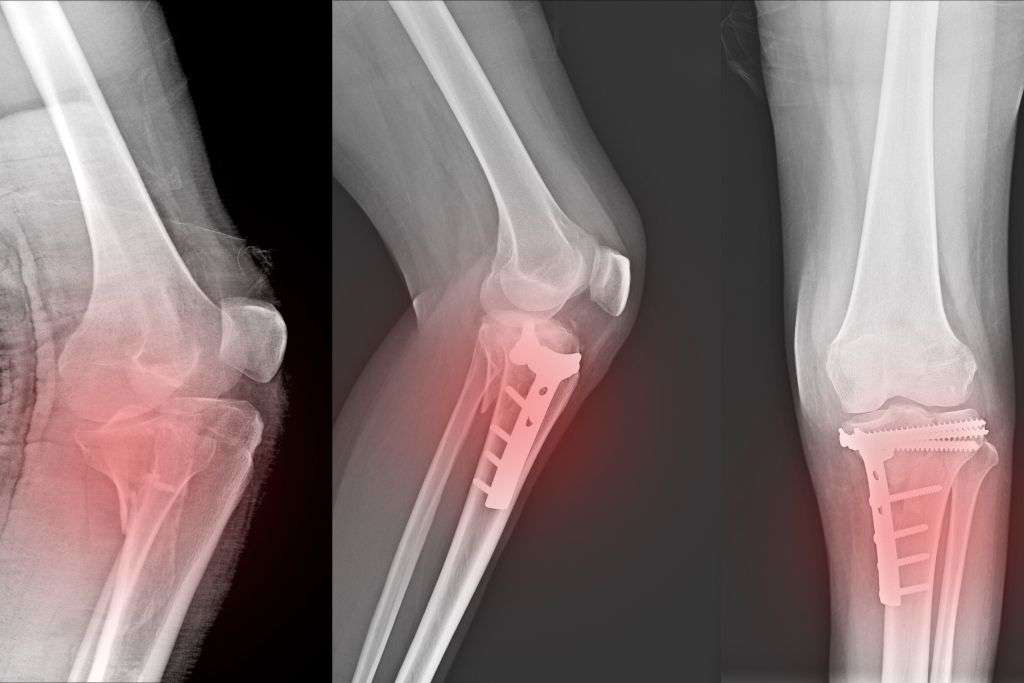
A lower limb fracture refers to a break or crack in one or more of the bones in the lower extremities, which include the hip, thigh, knee, leg, ankle, and foot. These fractures can result from various causes, and their severity can range from minor to severe, impacting an individual’s mobility and overall quality of life.
Causes:
Trauma and Accidents: The most common cause of lower limb fractures is trauma, often resulting from accidents such as falls, motor vehicle collisions, or sports injuries.
Osteoporosis: Weakening of the bones due to conditions like osteoporosis increases the risk of fractures, especially in older individuals.
Overuse or Repetitive Stress: Continuous stress on the lower limbs, as seen in athletes or individuals engaged in high-impact activities, can lead to stress fractures over time.
Pathological Conditions: Diseases or conditions affecting bone health, such as tumors or infections, can weaken bones and make them more susceptible to fractures.
Symptoms:
Pain: Persistent pain, which may be severe, is a common symptom of lower limb fractures. The intensity of pain can vary based on the severity and location of the fracture.
Swelling and Bruising: Swelling and bruising often occur around the injured area due to inflammation and blood vessel damage.
Deformity: In some cases, a visible deformity or misalignment of the limb may be apparent, especially with severe fractures.
Limited Range of Motion: Fractures can restrict the normal range of motion in the affected limb, making it difficult or painful to move.
Tenderness: The area around the fracture is usually tender to touch, and any pressure applied may cause increased pain.
Inability to Bear Weight: Depending on the location and severity of the fracture, the individual may be unable to bear weight on the affected limb.
Diagnosis:
Clinical Examination: A healthcare professional will perform a thorough physical examination, assessing the symptoms and examining the injured limb.
Imaging Studies: X-rays are commonly used to confirm the presence and determine the extent of the fracture. In some cases, additional imaging such as CT scans or MRI may be necessary for a more detailed assessment.
Treatment:
Immobilization: Many lower limb fractures are treated by immobilizing the affected limb with a cast or brace to promote proper healing.
Surgical Intervention: Severe fractures or those with significant displacement may require surgical intervention, involving the use of pins, screws, plates, or rods to stabilize the bones.
Pain Management: Medications are often prescribed to manage pain and reduce inflammation during the healing process.
Physical Therapy: Rehabilitation exercises help restore strength, flexibility, and function to the affected limb.
Follow-up Care: Regular follow-up appointments and imaging studies are essential to monitor healing progress and make any necessary adjustments to the treatment plan.
Lower limb fractures can have a significant impact on an individual’s daily life, and prompt and appropriate medical attention is crucial for optimal recovery. It’s essential to consult with a healthcare professional for an accurate diagnosis and personalized treatment plan based on the specific characteristics of the fracture.


